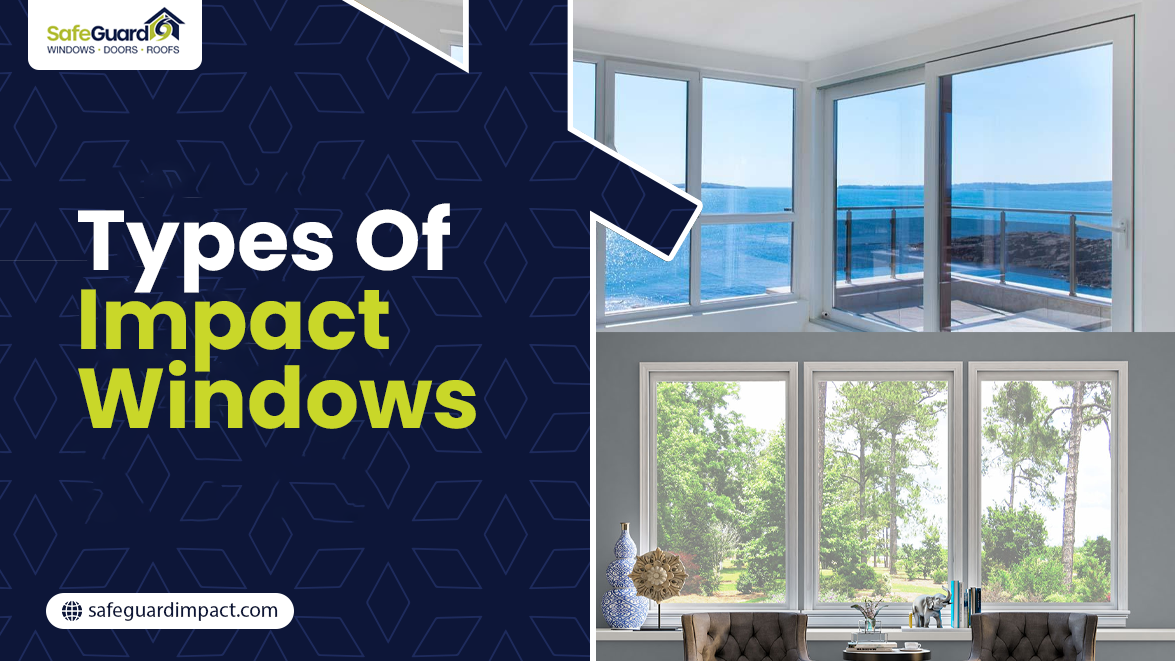Choosing between impact doors vs. traditional doors often starts with the price tag. Traditional doors can be found for $500 to $1,500, which makes them seem like the more budget-friendly option. Impact doors usually cost $1,500 to $4,000 or more, reflecting the strength and engineering required to withstand storms. Still, the comparison does not end with purchase price.
Installation often differs in complexity, maintenance needs vary, and insurance companies reward protective upgrades differently. Over time, energy efficiency can reduce overall expenses, which contributes to long-term savings on utility bills. Looking closely at these cost factors reveals how the two types of doors compare in ways that matter most to homeowners.
How Much Do Impact Doors Cost?
Impact doors generally range from $1,500 to $4,000 or more, depending on size, design, and features. This price reflects reinforced frames, laminated glass, and hardware strong enough to withstand extreme weather events. Professional installation is also more detailed, often requiring additional labor and time, which can raise the total. Upfront costs are influenced by:
- Door size and style
- Glass type and design features
- Hardware or finish upgrades
While this is a significant investment compared to traditional doors, impact doors are built for decades of use. Their durability reduces the likelihood of costly repairs, and their efficiency often provides financial relief over the years.
How Much Do Traditional Doors Cost?
Traditional doors typically cost between $500 and $1,500, depending on material, size, and style. They are quicker and less costly to install, which makes them attractive to homeowners seeking a budget-friendly option. Price considerations usually include:
- Material (wood, fiberglass, or steel)
- Design complexity or decorative details
- Basic hardware options
Although the lower cost may be appealing, these doors can show wear sooner, particularly in areas with severe storms or humidity. Their vulnerability to damage and tendency to need repainting, refinishing, or full replacement means their true cost can add up faster than expected.
Comparing the Costs Side by Side
Making the best decision requires comparing more than just the purchase price. Homeowners often discover the biggest value shifts in the long-term differences between these doors.
Installation and Labor
Impact doors are heavier and thicker and designed to form a complete seal against elements. This requires specialized tools and professional expertise, which increases installation costs.
Traditional doors can be installed more quickly, often at a fraction of the price. However, shortcuts or improper installation can lead to air leaks, water intrusion, or structural weaknesses. Paying less up front may result in hidden repair bills later.
Maintenance and Repairs
A traditional wooden door may look elegant, but can warp, crack, or peel over time. Steel doors may rust, while fiberglass ones may fade and develop scratches. All of these require periodic maintenance or repair.
Impact doors, in contrast, are manufactured with resilient frames and laminated glass that withstand weather and everyday wear. Their design significantly reduces the need for repainting or replacements, keeping long-term upkeep much lower.
Insurance Savings
Because they are engineered to withstand hurricanes and windborne debris, impact doors often qualify homeowners for insurance discounts. Depending on the provider and location, these discounts can be substantial, reducing premiums by hundreds of dollars a year.
On the other hand, traditional doors usually do not provide this benefit, since they are more likely to fail in storms. Over time, insurance savings can help offset the initial investment in impact doors.
Energy Efficiency
One of the hidden costs of traditional doors is energy loss. Small gaps or weaker seals allow air to escape, forcing heating and cooling systems to work harder. Impact doors use advanced seals and insulated glass that reduce heat transfer, helping homes stay cooler in summer and warmer in winter. While you may not notice the difference immediately, lower monthly utility bills add up year after year, reinforcing the long-term financial advantage of impact doors.
Conclusion
The debate over impact doors vs. traditional doors concerns more than the initial price tag. Impact doors usually cost $1,500 to $4,000 or more, while traditional doors can be purchased for $500 to $1,500. Beyond these numbers, the differences become more pronounced. Impact doors may require more money up front, but they also provide reduced maintenance, potential insurance savings, and increased energy efficiency. Traditional doors are more affordable initially, but often cost more in the long run.
For trusted guidance and services, contact SafeGuard Impact. Our team of professionals specializes in premium installations and ensures every door balances cost with lasting performance, comfort, and peace of mind.





